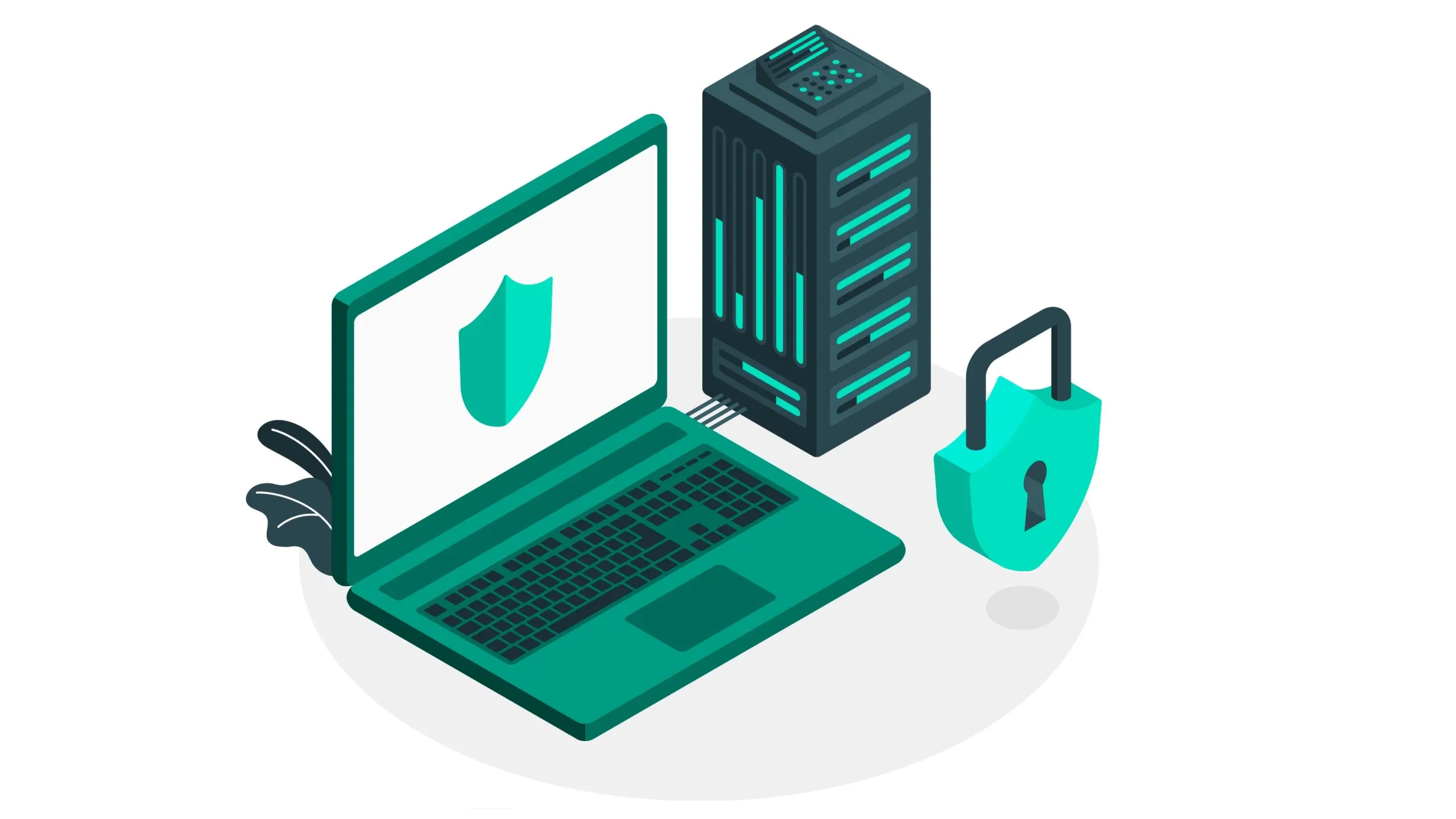When you encounter a phishing attempt, it’s crucial to take action swiftly to mitigate any potential harm.
The first step involves avoiding interaction with the suspicious message—refrain from clicking any links or downloading any attachments it may contain.
Subsequently, report the incident to the appropriate organization. This may involve forwarding the phishing email to the Anti-Phishing Working Group (APWG) at reportphishing@apwg.org, reaching out to the organization being impersonated, and informing your company’s information security team.
Preserving the original email, along with full headers if possible, is essential, as this can prove useful during the investigation.
What evidence should I collect before reporting a phishing attempt?

Before reporting a phishing attempt, prioritize gathering evidence without compromising your device or network security.
Make sure to save the email or take a screenshot of the message, capturing the sender’s address, the date and time of receipt, and any included links (without clicking on them).
If the phishing attempt occurred through another channel, like a text message or social media, similarly preserve that evidence. Store the evidence securely, as it may be necessary for future investigation or legal purposes.
Pay attention to details like unusual language or urgent action requests in the message, as these are signs of phishing. Additionally, webmasters may advise you to inspect the message’s source code or header information to reveal its true origin.
Where should I report a phishing attempt in a corporate setting?
In a corporate environment, reporting a phishing attempt promptly to your in-house IT or cybersecurity team holds utmost importance.
They possess the necessary tools and protocols to contain and mitigate threats to your company’s digital infrastructure.
In certain cases, it may be necessary to employ specialized tools or protocols for tracking and analyzing the attack. This could include isolating the attack source or implementing network-wide security measures to contain the phishing attempt. It is essential to furnish them with all the gathered evidence and diligently adhere to their guidance.
Furthermore, it is often essential to notify larger cybersecurity entities or law enforcement agencies of widespread phishing campaigns. This could involve reaching out to industry-specific regulatory bodies or national cybersecurity centers.
Our pillar article “Anti-Phishing Tactics Unleashed: A Comprehensive Guide to Cyber Defense” provides in-depth information on effective strategies to counter phishing attacks and emphasizes the significance of reporting.
While immediate response is critical, understanding and adhering to the proper reporting protocol is equally important to help prevent future instances.
How can I ensure a phishing attempt didn’t compromise sensitive information?

Following a phishing attempt, it’s crucial to verify that sensitive information hasn’t been disclosed or compromised.
Regularly monitor accounts for any unauthorized activity. If there’s a suspicion that information was revealed, change passwords immediately and notify financial institutions or other relevant entities to monitor for potential fraud.
Adding an extra layer of security, such as implementing multi-factor authentication, can help safeguard against threats to login details.
Within the company, a security audit may be necessary to determine any data breaches or system vulnerabilities exploited by the phishing attempt.
This involves working closely with your IT and cybersecurity teams to examine logs, validate system integrity, and update any compromised credentials.
How do I educate my team on preventing and reporting phishing attempts?
The best defense against phishing is education. Conduct regular training sessions, simulated phishing exercises, and awareness programs to significantly decrease the likelihood of falling for a phishing attempt.
Ensure that team members are proficient in the steps to report suspected phishing and know whom to contact. Establishing clear communication channels and straightforward protocols encourages prompt action upon detecting a phishing attempt.
Create resources like quick-reference guides, informative posters, or an internal knowledge base to help individuals recognize and respond to phishing threats. Update and distribute these materials regularly to keep up with the latest phishing techniques and maintain cybersecurity awareness.
Remind employees that reporting potential threats promptly is critical in protecting the company’s assets, reputation, and individuals’ privacy.
Conclusion

Phishing poses a continual threat to cybersecurity, and it is crucial to report attempts promptly and effectively.
Companies can strengthen their defenses against these attacks by collecting evidence, reporting to the appropriate parties, ensuring no information is compromised, and educating the team on prevention and reporting.
Remember to refer to our pillar article on anti-phishing tactics for in-depth guidance on building a resilient cybersecurity posture against phishing threats.
- Analyzing Patterns in Failed Products - July 25, 2024
- Hybrid Cryptographic Systems - July 24, 2024
- Inadequate Threat Intelligence Integration - July 23, 2024
